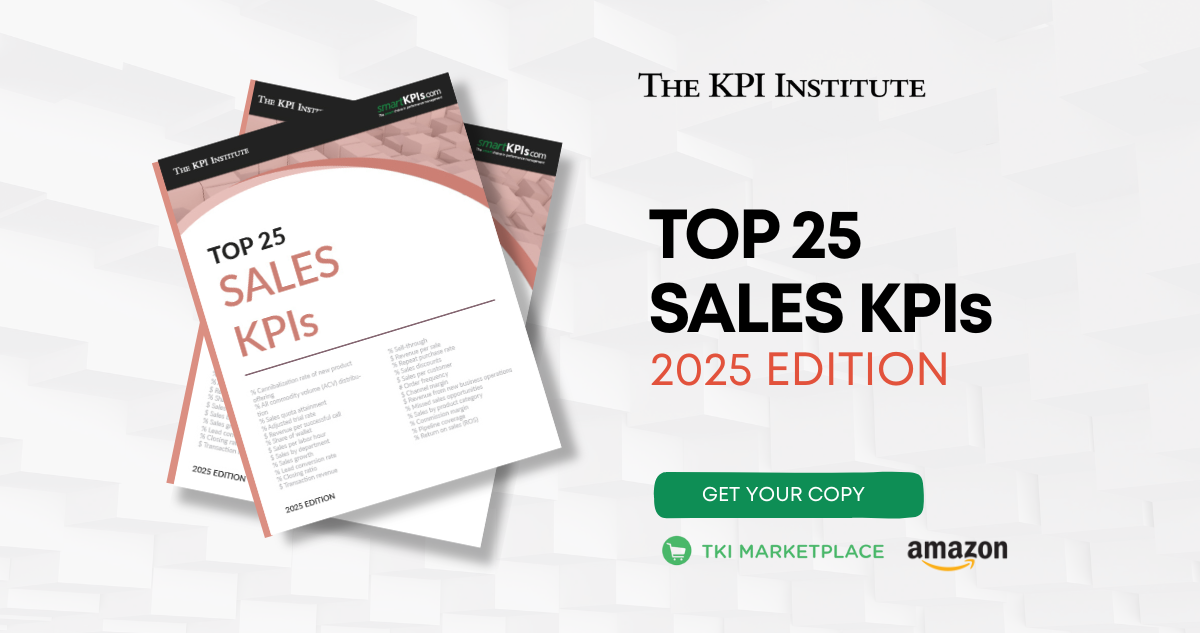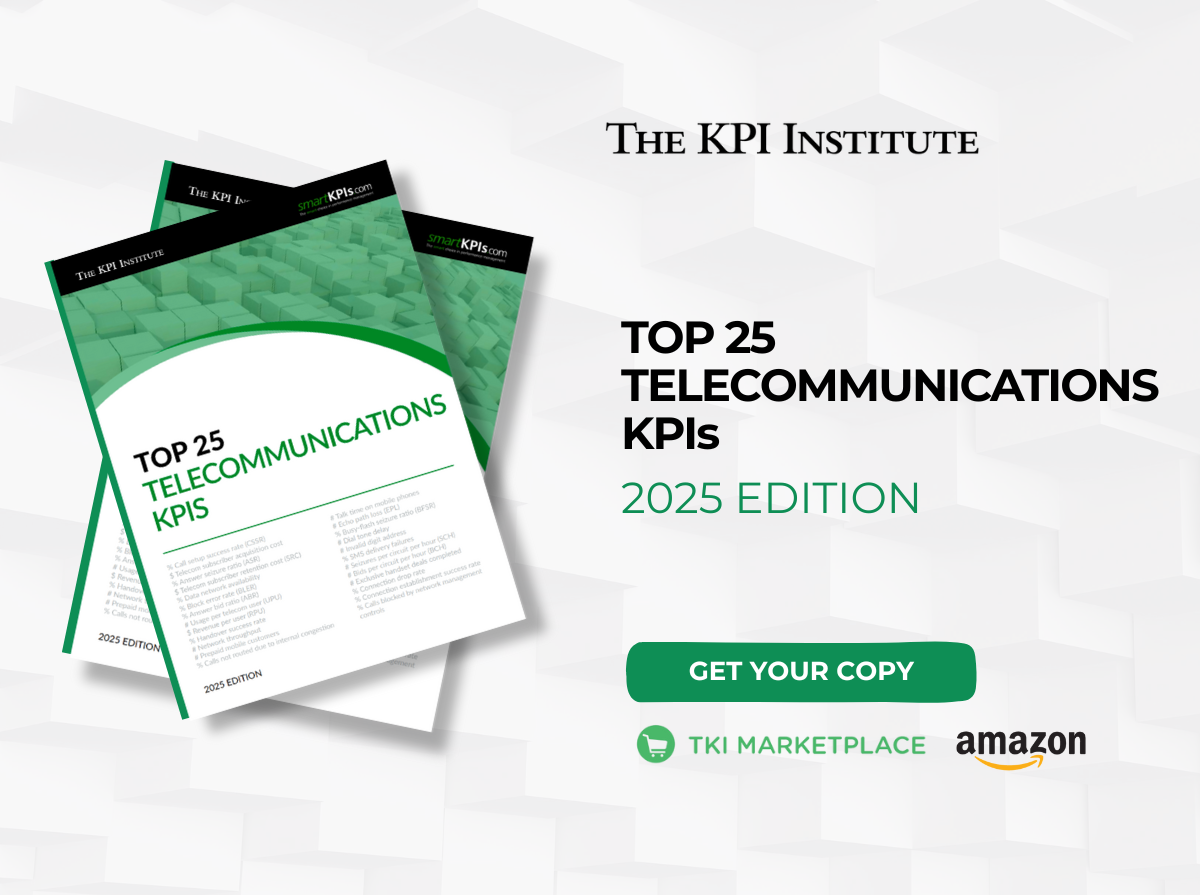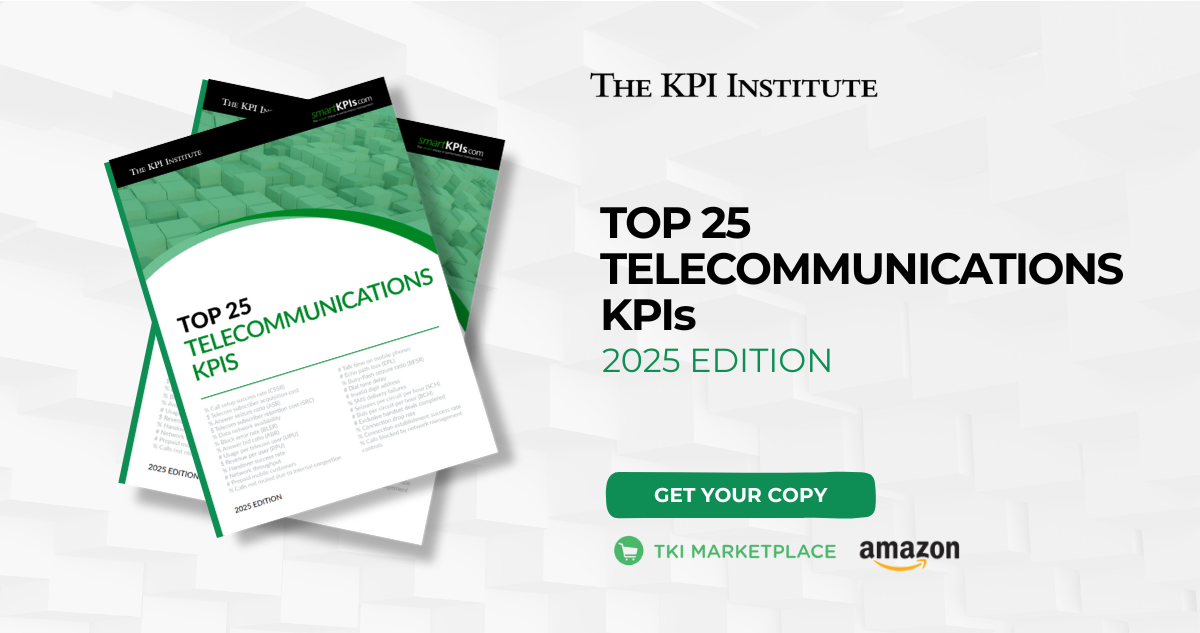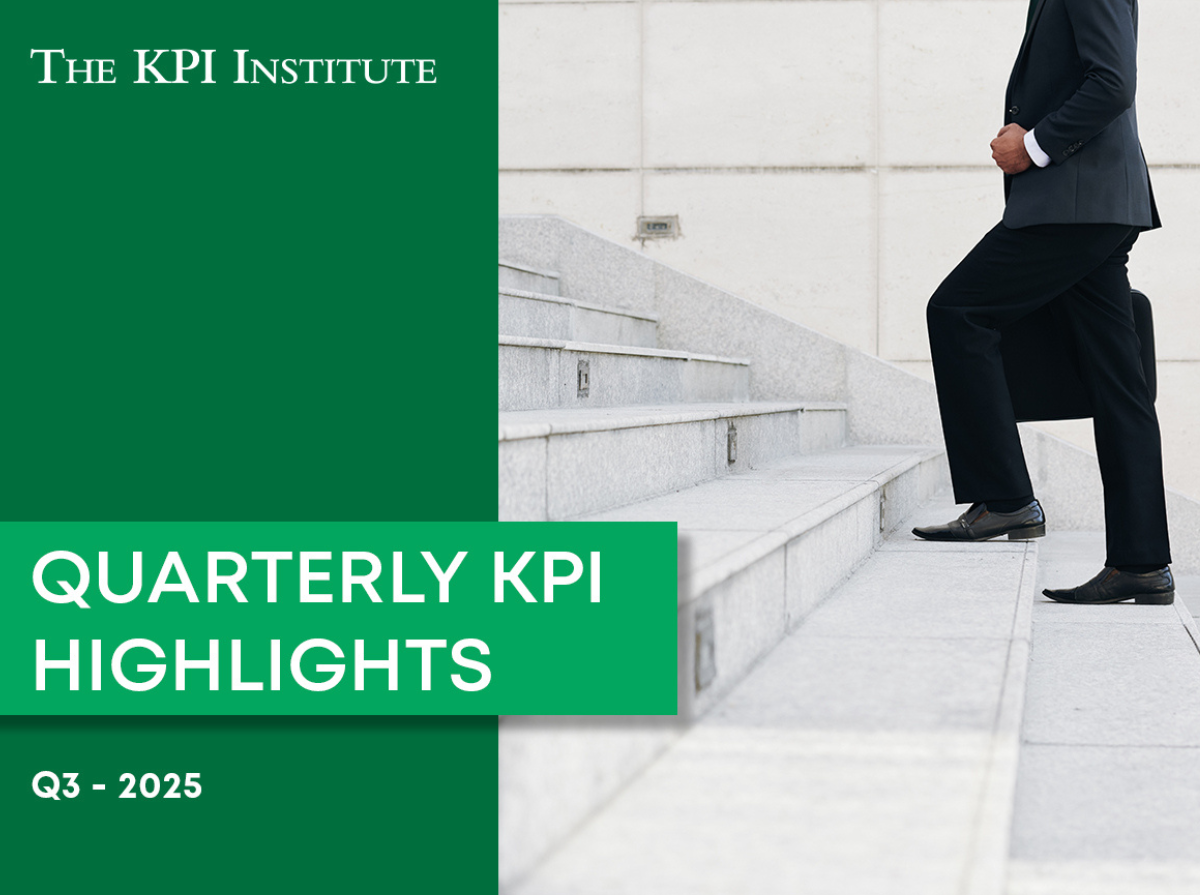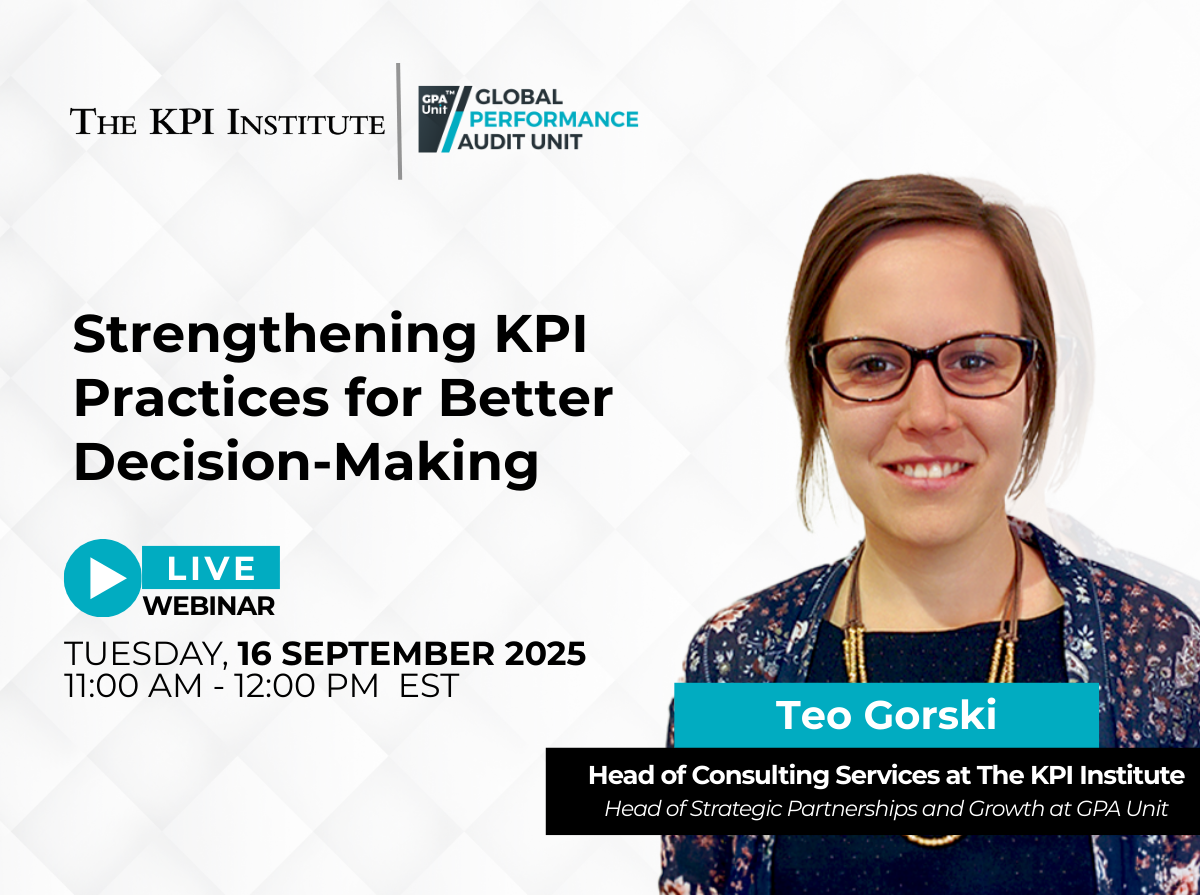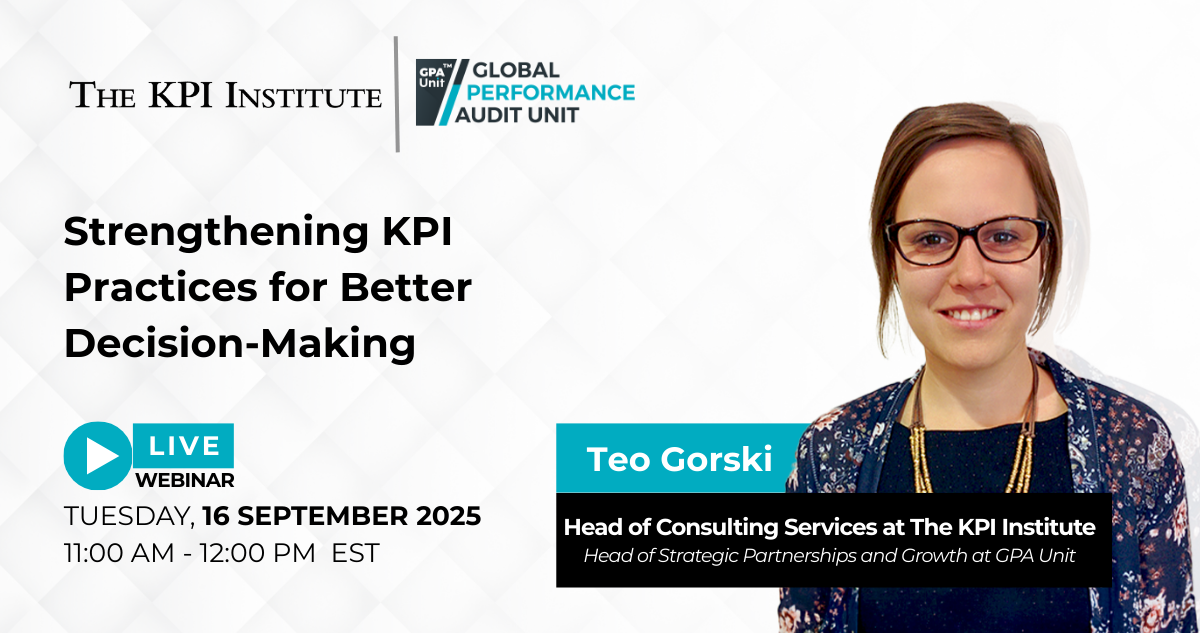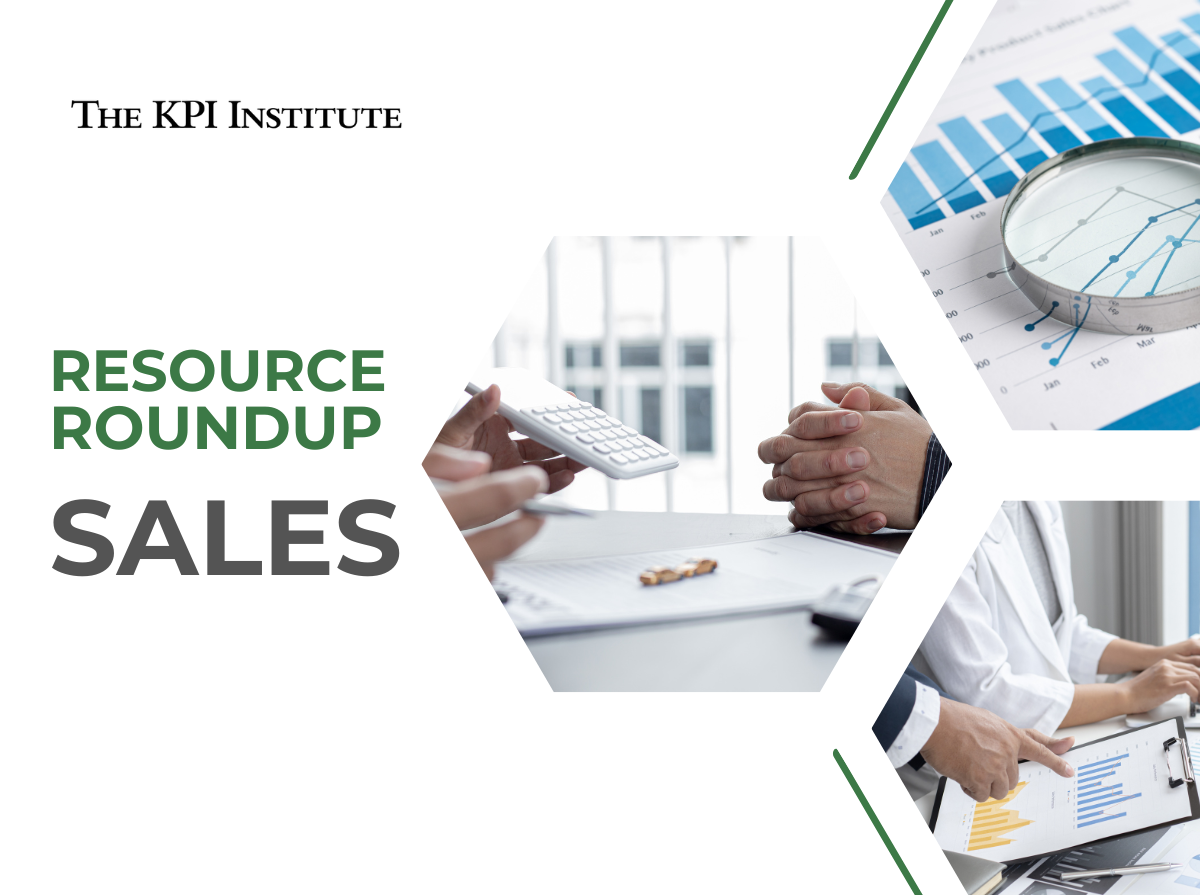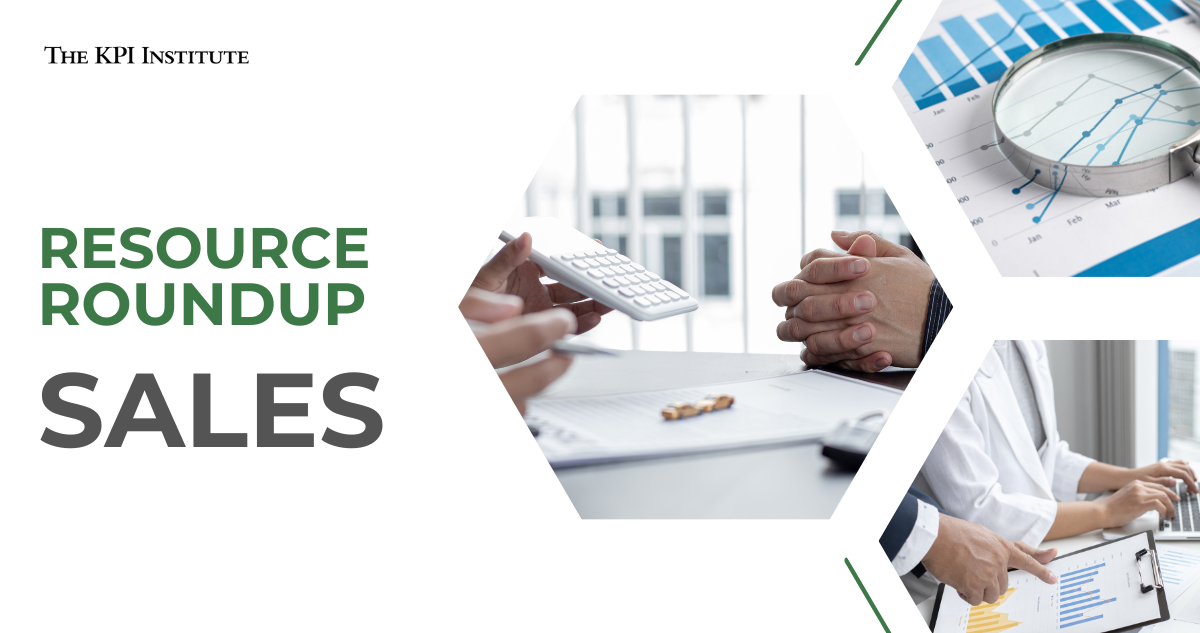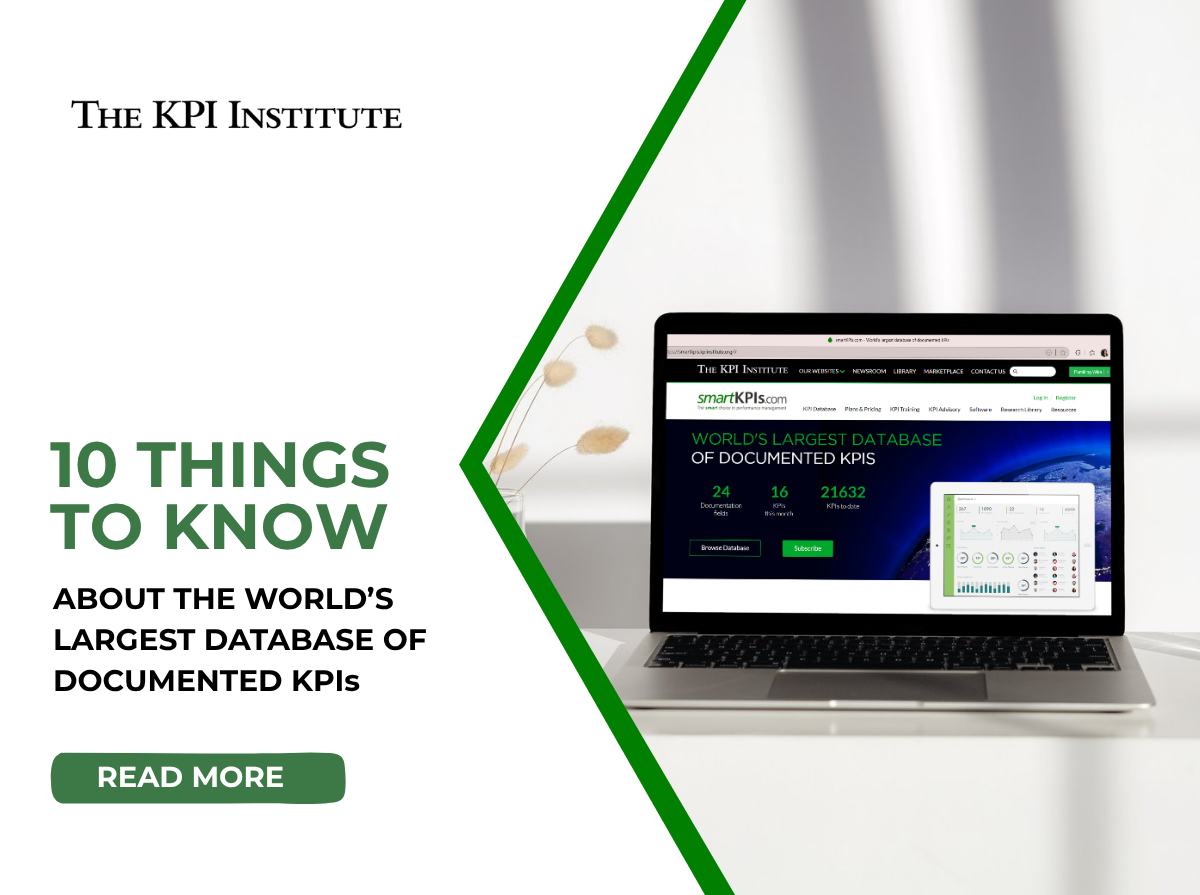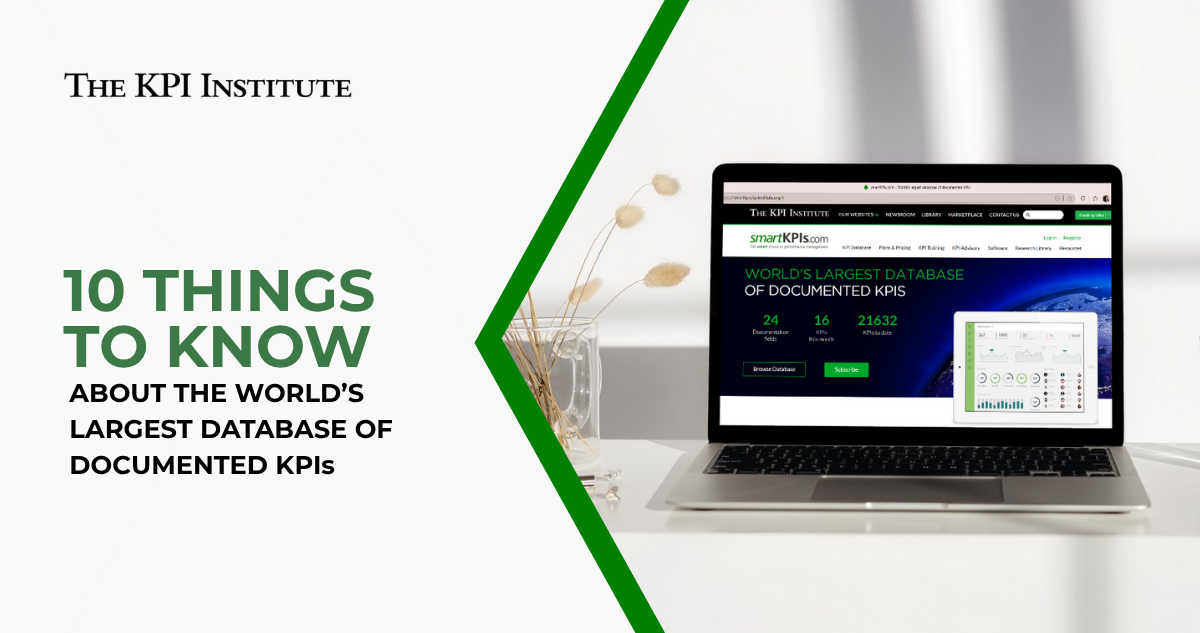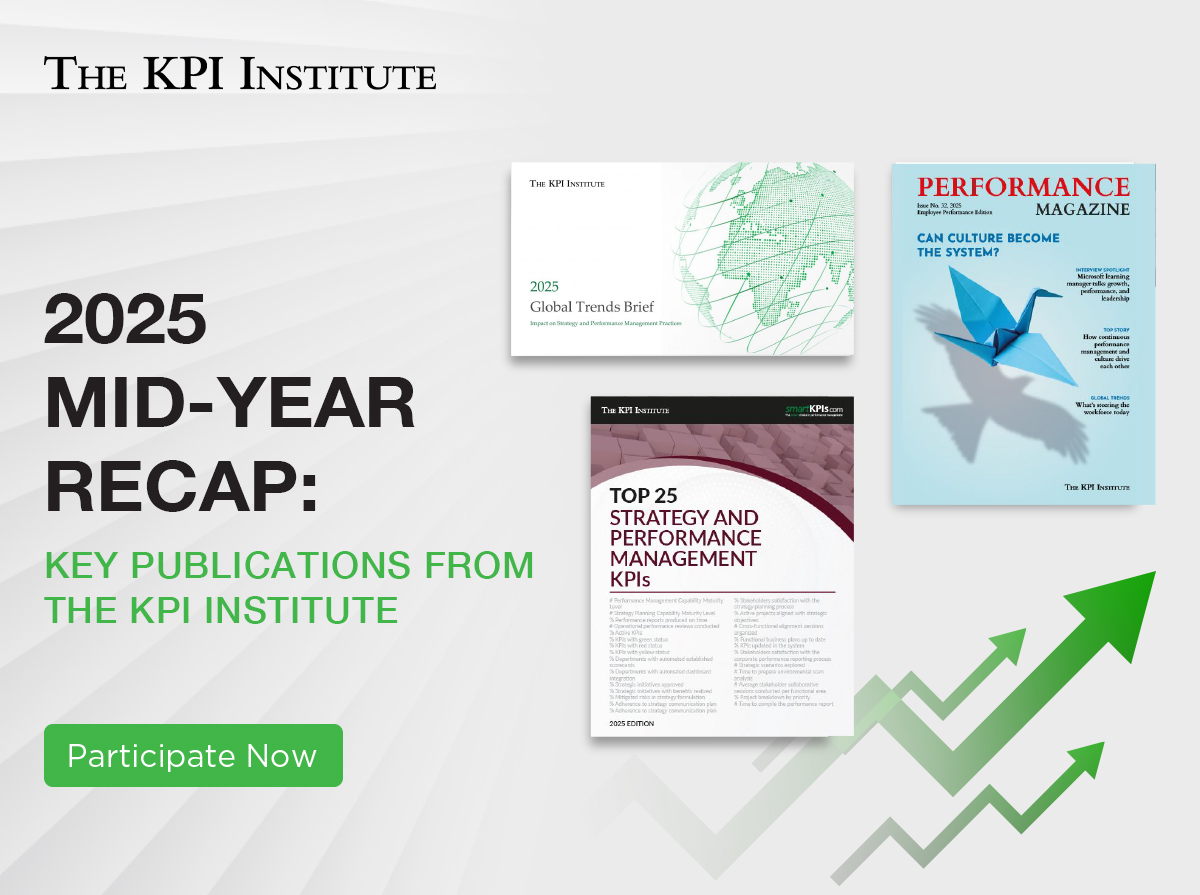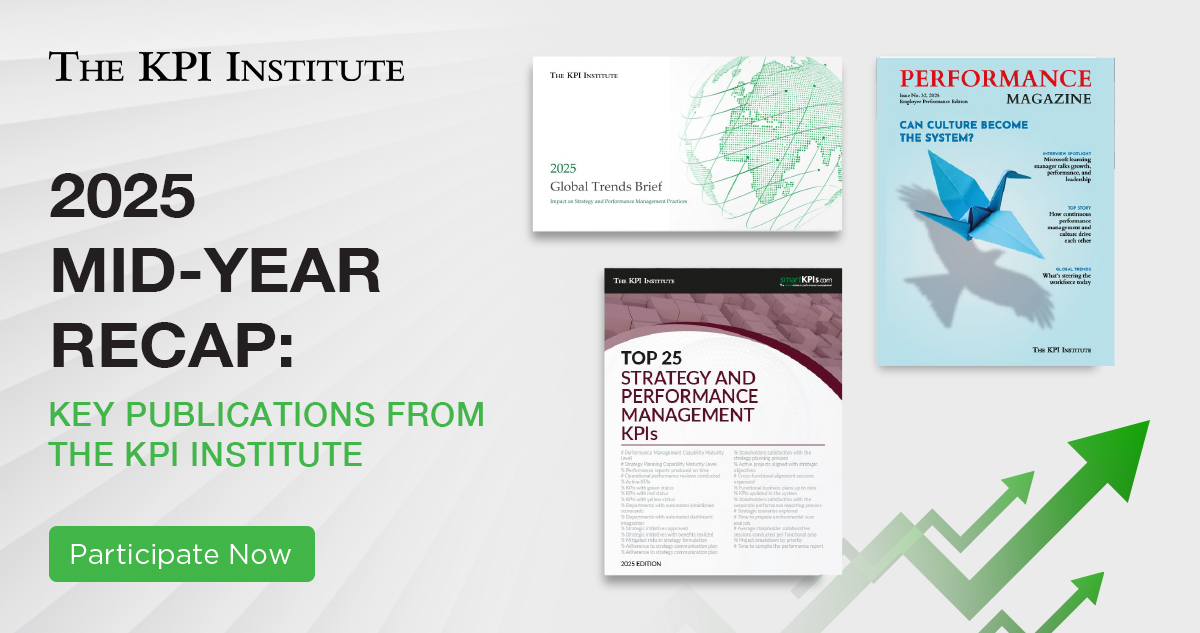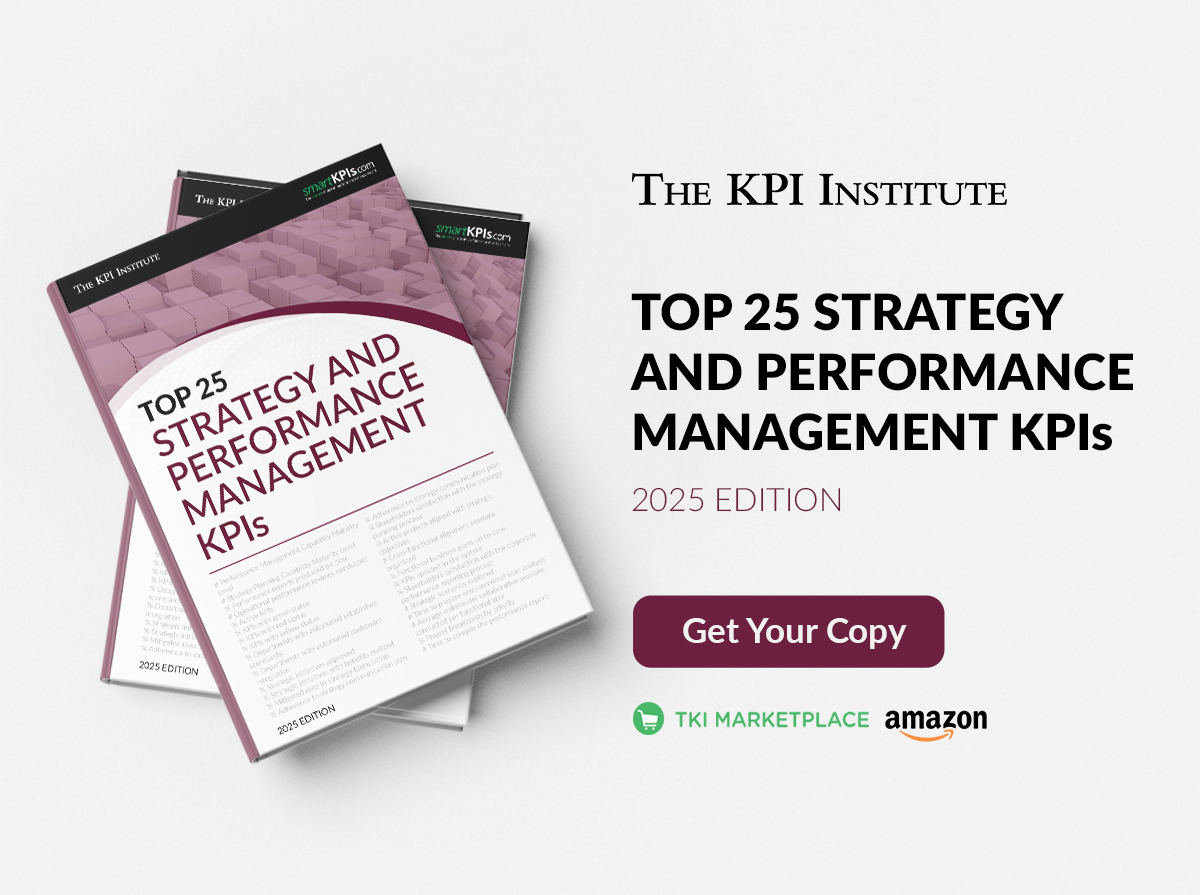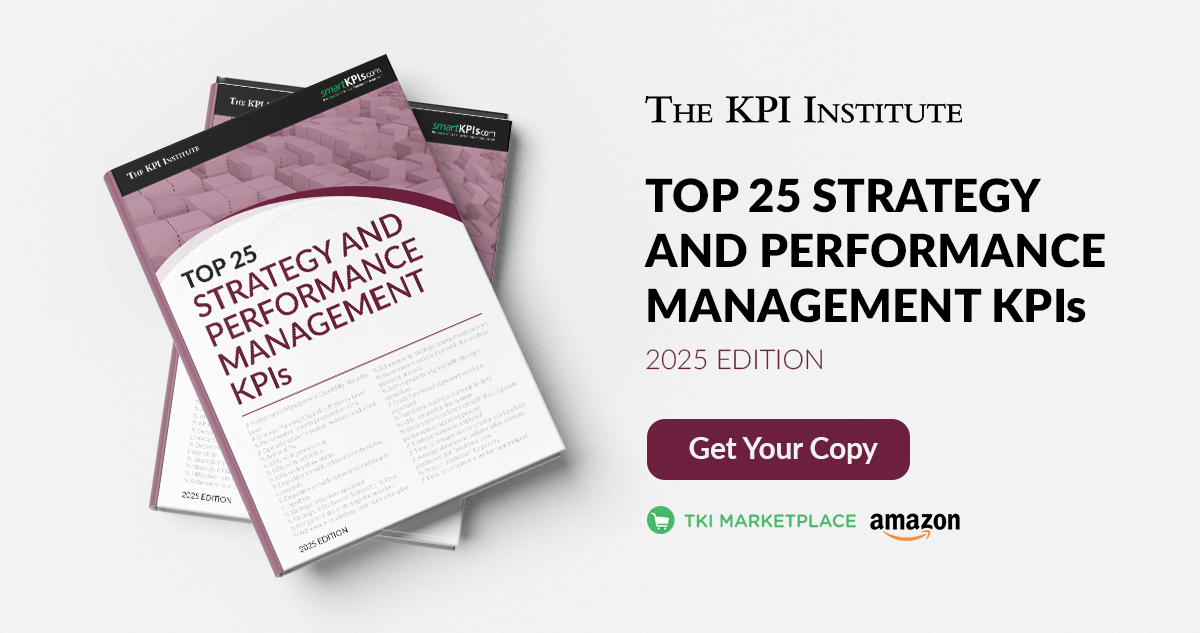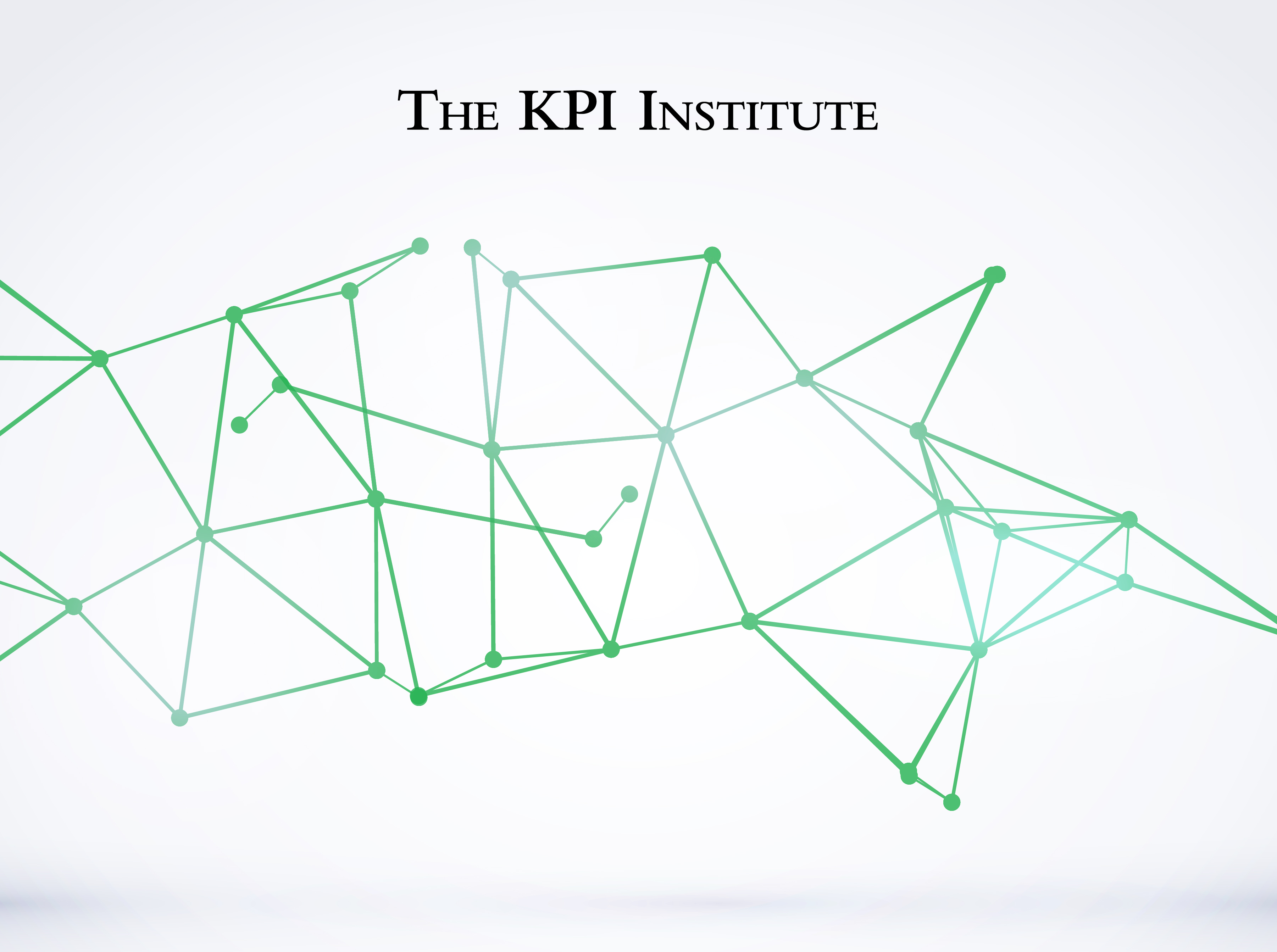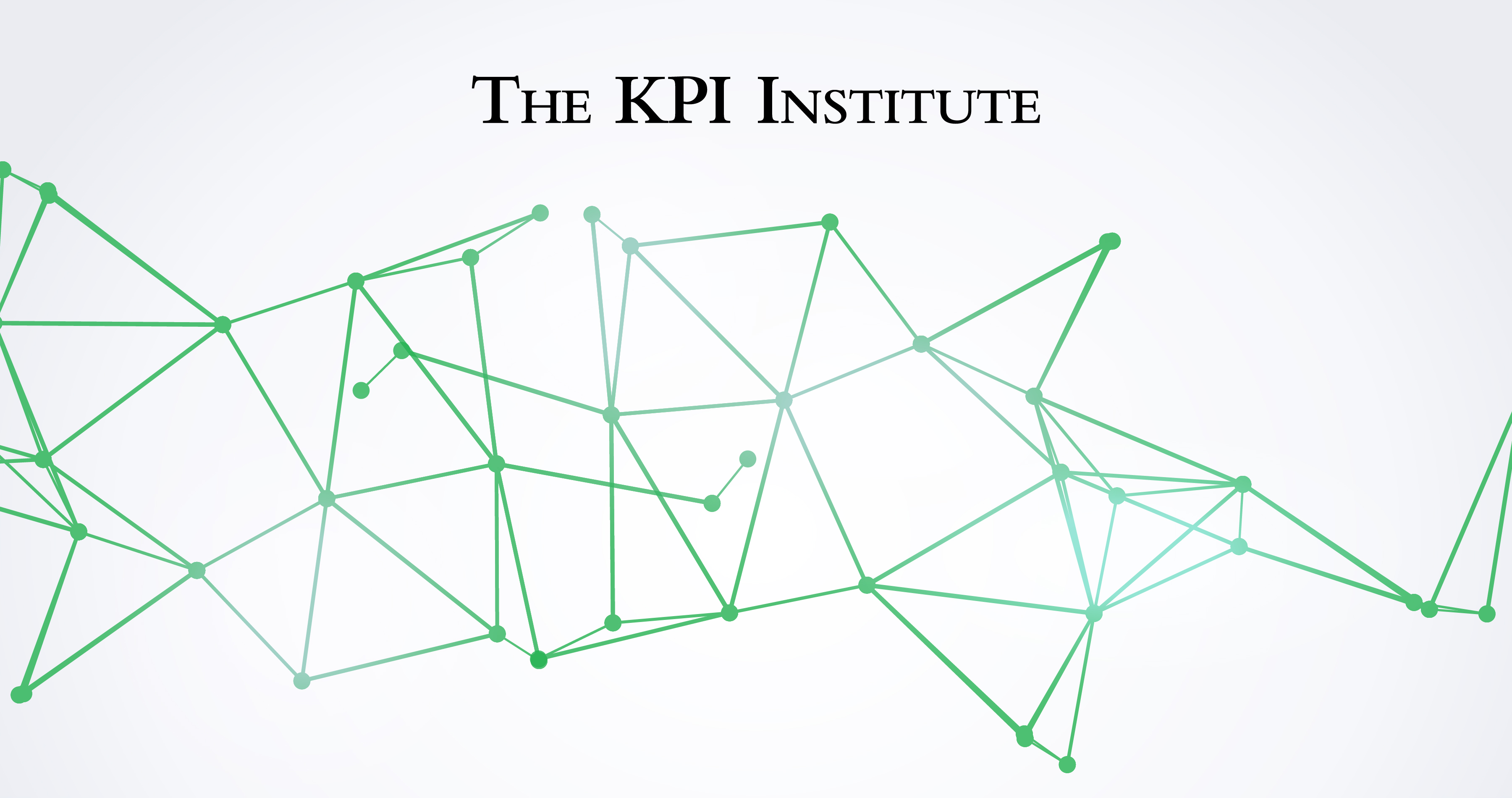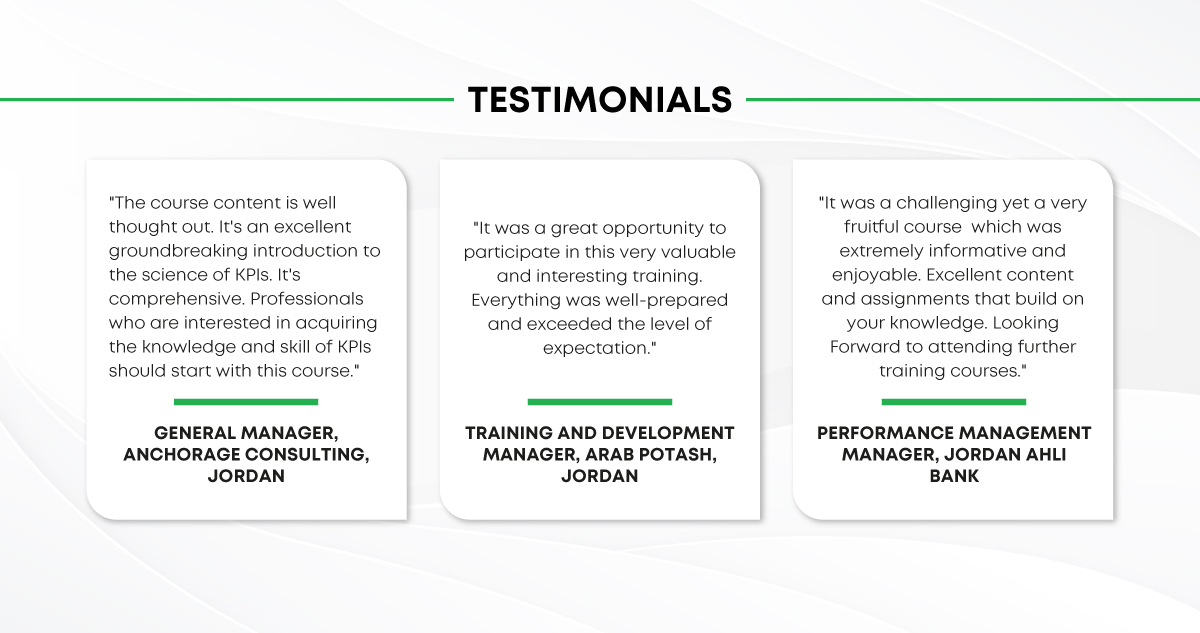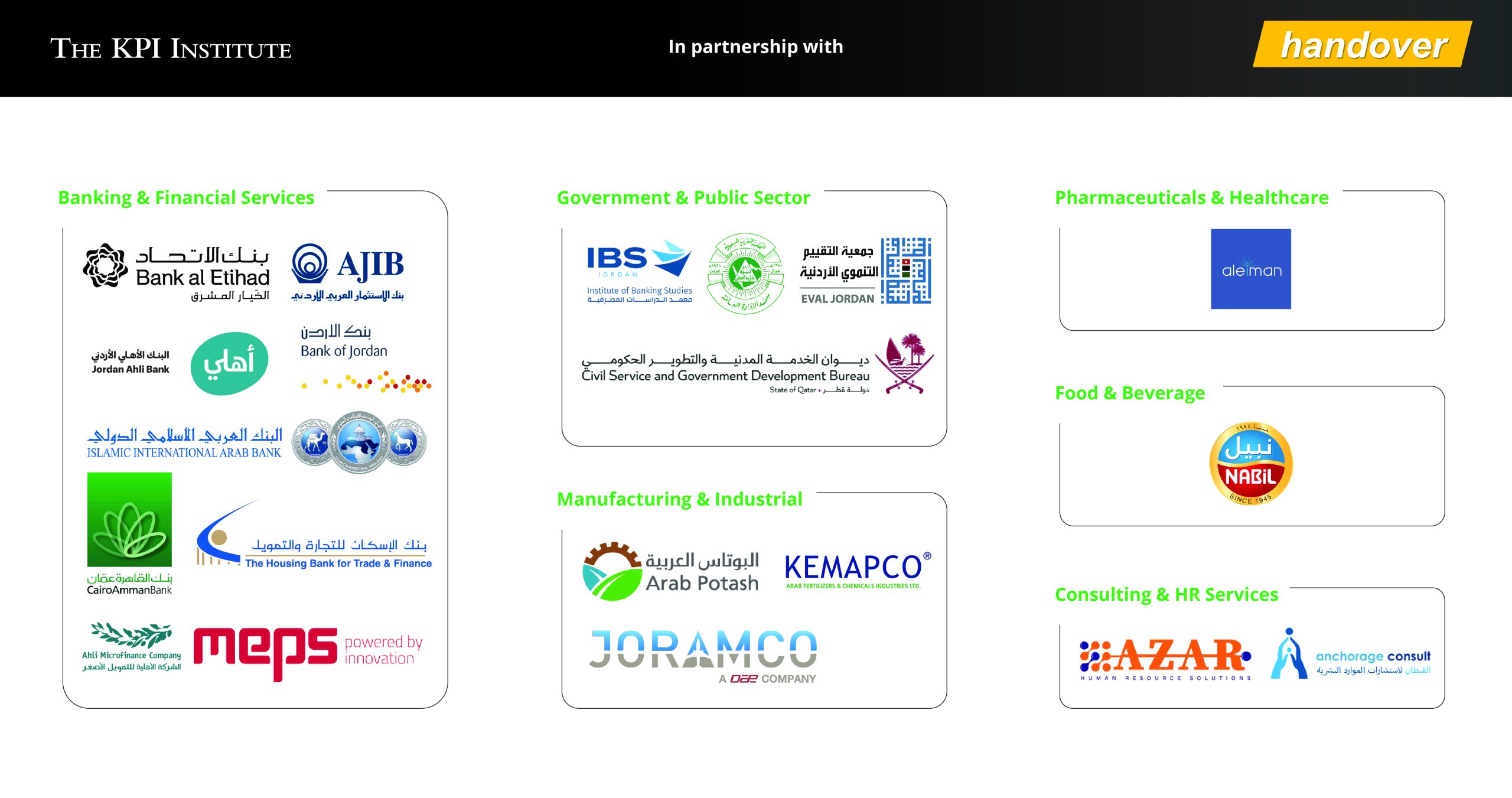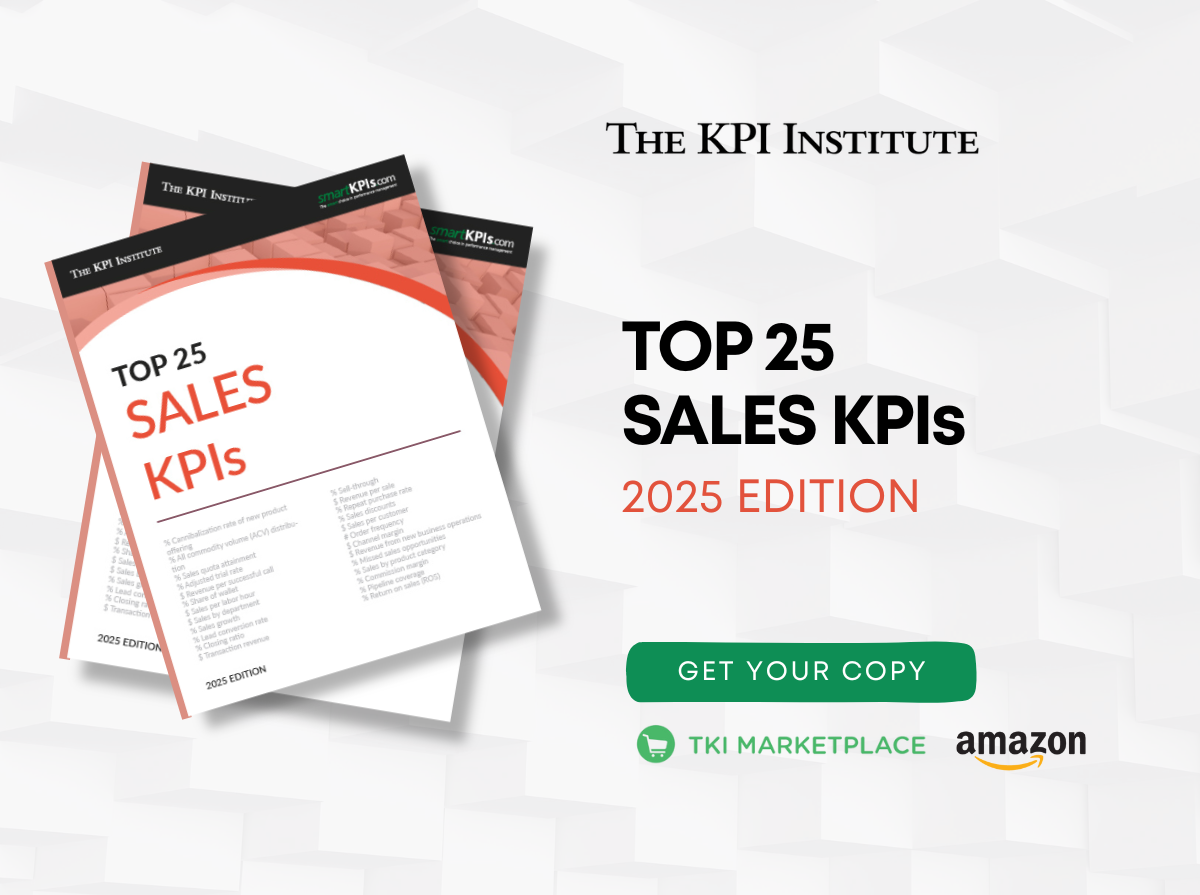
Boost revenue with the right sales metrics, check out The KPI Institute’s Top 25 Sales KPIs report
November 26th, 2025 Posted by Kimberly Tilar Publications 0 thoughts on “Boost revenue with the right sales metrics, check out The KPI Institute’s Top 25 Sales KPIs report”Sales is the engine that powers revenue and growth in any organization. Beyond closing deals, it plays a strategic role in building customer relationships, gathering market insights, and shaping business strategy. By effectively measuring sales performance, organizations can identify strengths, address gaps, and optimize processes—ensuring teams consistently meet targets while adapting to evolving market dynamics.
The sales landscape this year is faster, more digital, and increasingly data-driven. Jannik Lindner, Co-Founder of Gitnux and an experienced digital strategist, noted in a recent report that the sales industry is undergoing a major transformation. With 70% of sales organizations adopting digital initiatives, companies are seeing significant gains—including a 33% increase in revenue and a 40% rise in productivity driven by artificial intelligence (AI)— reshaping how businesses engage with customers. This shift is transforming traditional sales models and redefining how organizations engage and retain customers.
With buyer expectations rising and competition intensifying, sales leaders require clear, actionable key performance indicators (KPIs) to navigate complexity and deliver results. To meet this demand, The KPI Institute has released the Top 25 Sales KPIs – 2025 Edition, a comprehensive guide to the essential metrics every sales team should monitor in the year ahead.
To provide a glimpse into the report, here are five of the top KPIs featured in the 2025 edition:
- % Cannibalization rate of new product offering – Measures the percentage of sales an existing product loses following the introduction of a new product offering within the same market segment. Its purpose is to indicate the highest level of internal product substitution the company can sustain before it begins to lose profit.
- % All commodity volume (ACV) distribution – Measures the share of market sales volume from stores that carry the organization’s product, with each store’s contribution weighted by its sales size. This metric specifically evaluates how efficiently products are being distributed.
- % Sales quota attainment – Measures the percentage of total sales targets that were met during the reporting period. This indicator provides meaningful insight into how various enablement strategies, sales training approaches, and coaching practices impact the sales team’s overall effectiveness over time.
- % Adjusted trial rate – Measures the percentage of potential customers expected to try a pre-launch product, adjusted for brand awareness and distribution reach during the reporting period. This is particularly helpful during early concept testing, as it measures initial consumer interest without factoring in real-world limitations.
- $ Revenue per successful call – Measures the average revenue generated per successful sales call in the reporting period. Its purpose is to assess how efficiently sales interactions generate revenue.
This report is part of the Top 25 KPIs – 2025 series developed by The KPI Institute. The series provides a comprehensive framework for effective performance measurement and addresses key challenges in KPI implementation. Each KPI is documented with practical definitions, calculation formulas, analysis guidelines, and recommended usage scenarios to support integration into performance management systems.
Explore the full report to enhance your sales performance measurement practices. The Top 25 Sales KPIs – 2025 Edition is now available on the TKI Marketplace, with printed copies available for order on Amazon. Get your copy today!

